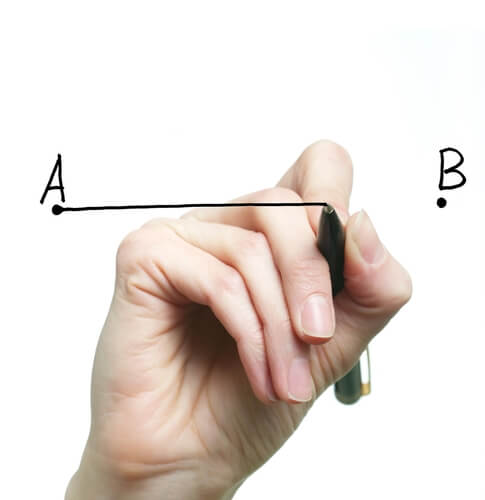Grand Redesign: Why Strategic Planning Is Key To Organizational Change
The best businesses will strive to consistently reinvent themselves and their offerings. After all, while some are lucky to have a product or service that remains unchanged for many years, innovation is key in staying on top of any widespread market trends.
Organizational change and redesign is necessary, but getting it done effectively is a real skill. With no roadmap of what needs to occur, the entire process can quickly become muddled.
A state of flux
In fact, research from McKinsey & Company found that a plethora of global companies are in a constant state of imbalance. Twenty-five per cent of the surveyed enterprises had gone through an operational change in the past 24 months, while an additional 25 per cent claimed they had experienced a redesign three or more years ago.
On one hand, this is a good sign as it means that companies are embracing adaptability. However, it also suggests that more enterprises are finding it harder to confirm their business direction and core principles, and stick with them.
Getting the best of both requires sound strategic planning processes. For example, if any changes are to prove successful in the long term, there must be a thorough and effective crossover period.
Disruption and adaptability
It may be hard to give up the current aims, goals and ideals of the business. Consequently, any periods of change need to be mapped out and defined in advance. Of course, this means incorporating an element of disruption and malleability.
This may sound like a contradiction, as it’s difficult to have a strong plan that’s also completely fluid, but striking a balance is key in pursuit of the most effective organizational change.
Ultimately, it can be all too easy to get hung up on the current problems with the business. Redesigns that focus on the short term will likely be ineffective, and planning for the future is where the biggest rewards are to be had.




Leave A Comment